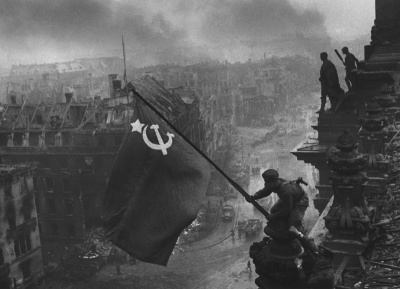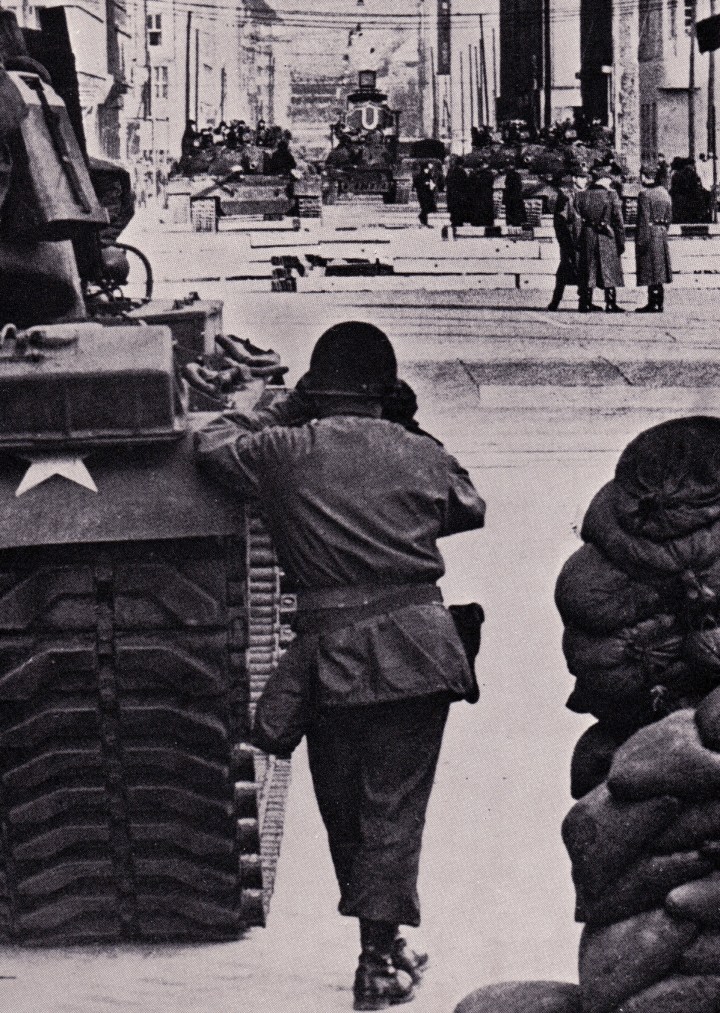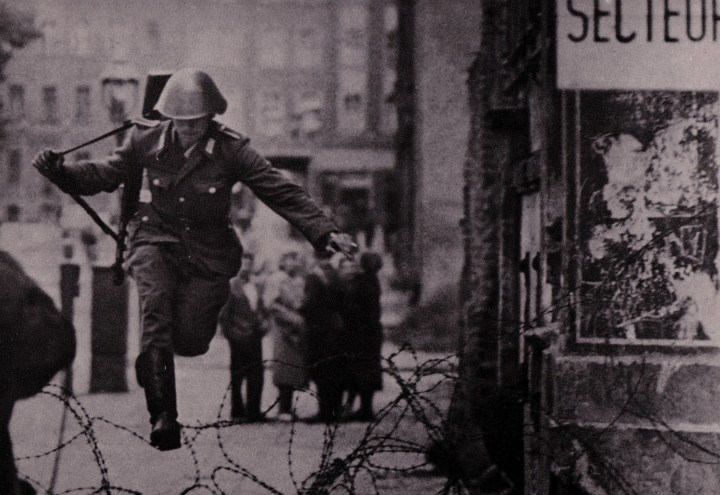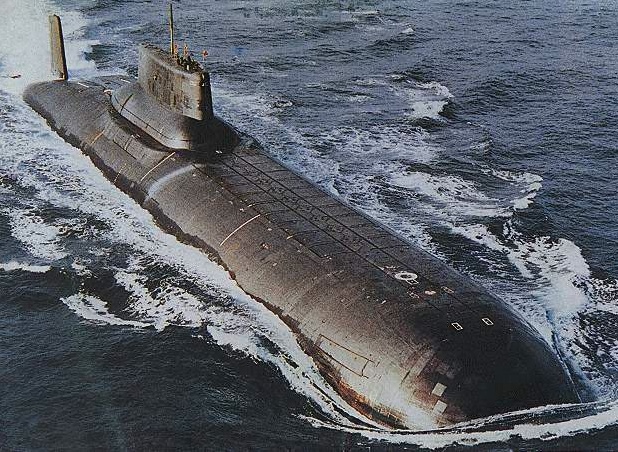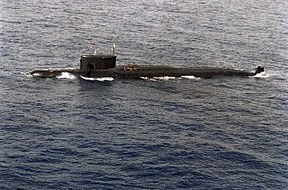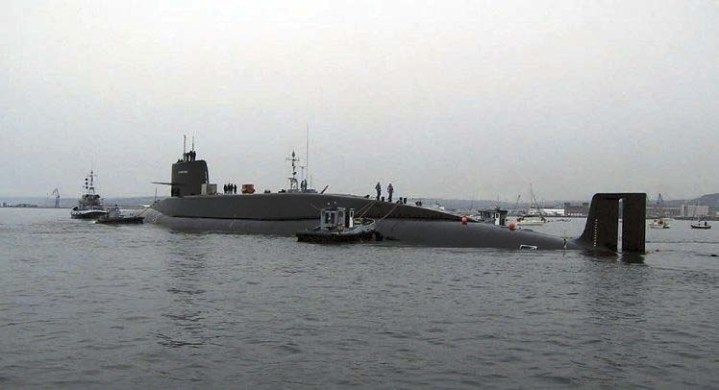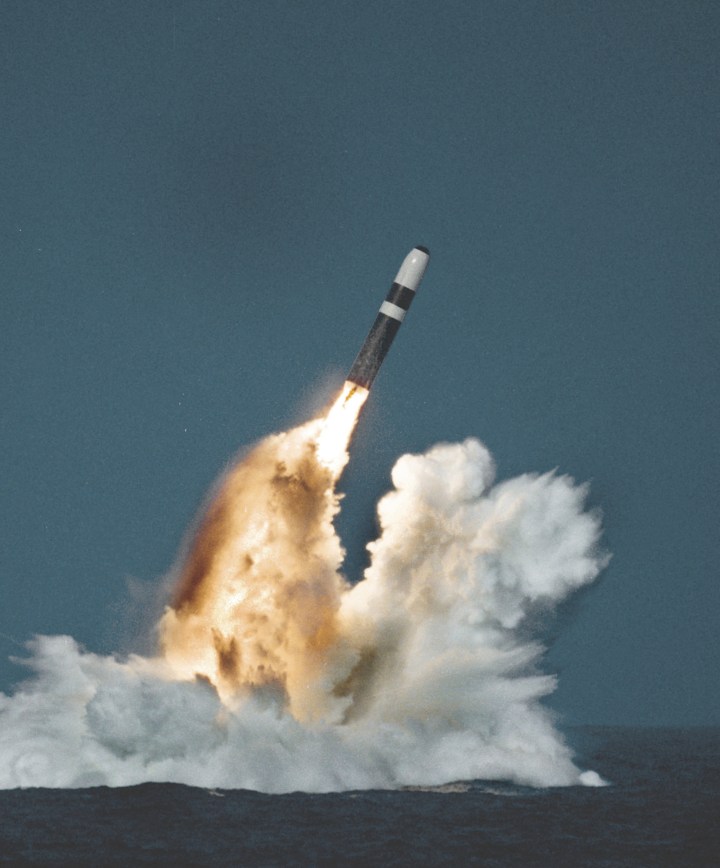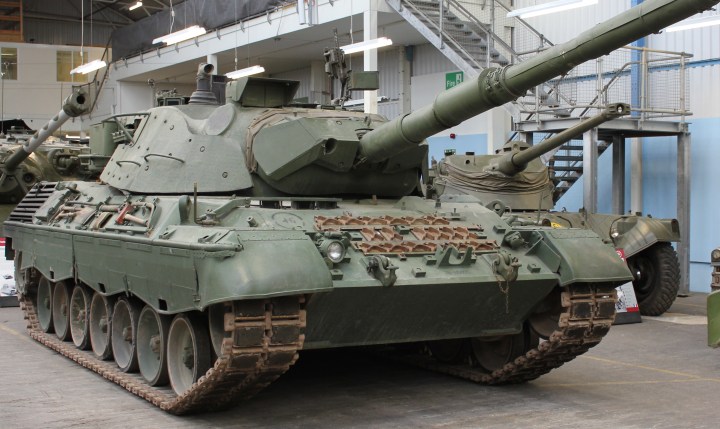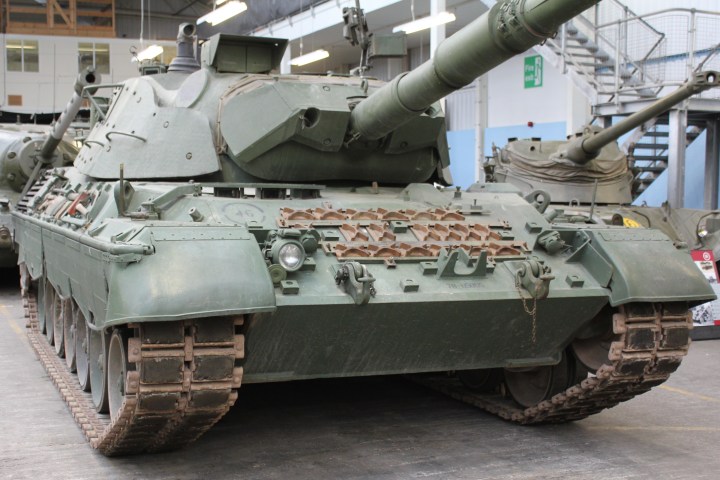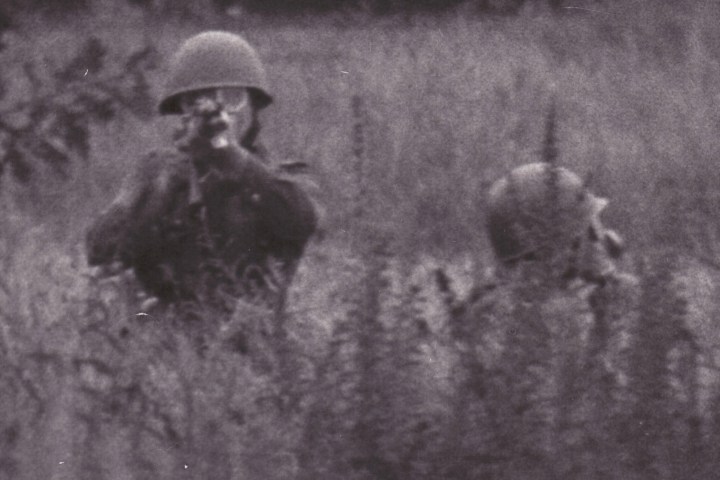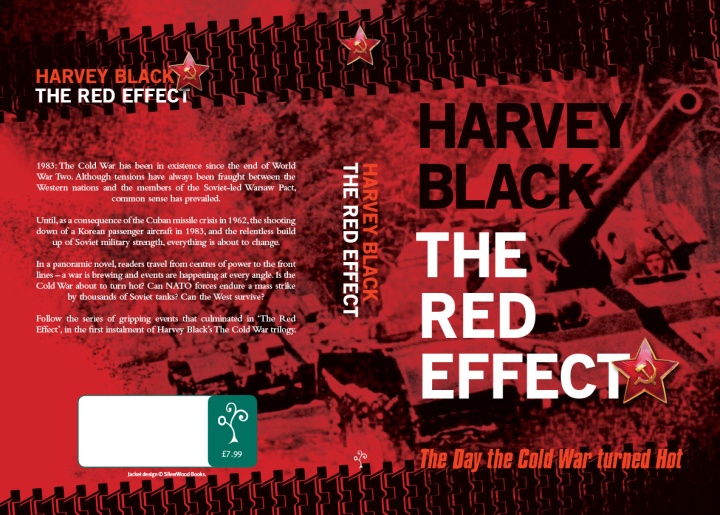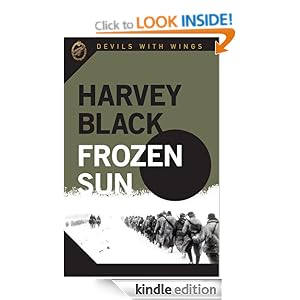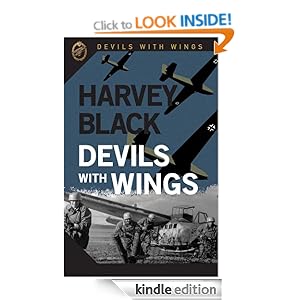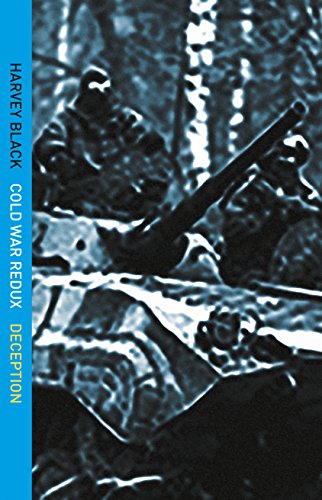The Cold War. A Hot War in reality. Part 2
I have completed 100,000 words of my third novel of my new ‘Cold War’ trilogy. The Blue Effect is the third in the series, covering the hypothetical invasion of West Germany, the Federal Republic of Germany, by the Warsaw Pact in the mid 1980’s. I will finish the fine tuning over the next couple of weeks, then off to the Editor. Book 1, ‘The Red Effect’, encompasses the intelligence build up leading to the Warsaw Pact strike against the NATO forces lined up against them. The Black Effect takes it a stage further. The Blue Effect? Well, you will find out in May 2014.
The Cold War era started very soon after the end of the second world war, when the communist east, led by the Soviet Union, and the Western world, led by the United States and its NATO allies, faced each across what became known as the ‘Iron Curtain’.
.
The capital of Germany, Berlin, was divided into four Sectors. The consequence being, that the three Western Allied powers now controlled territory deep within the Soviet Union Zone of Germany.
Over time, the tensions between the four Allied powers increased, eventually resulting in the Berlin blockade in 1948, when the Soviets attempted to starve West Berlin into submission and force the other three Allied powers out. This failed and the Soviets eventually relented, but an ever-increasing number of East Germans fled to the West; between 150,000 and 300,000 a year during 1951-1953. As a consequence restrictions were placed on movement between the divided country. From 1961, the border was closed and Berlin completely encircled, first by barbed wire, then bricks and finally a concrete wall, along with the infamous ‘death strip’.
Access was now restricted between Berlin and the West. A wall, 124 mile miles in length, was placed around the three sectors of West Berlin, cutting off the city from the rest of the world.
.
The badly damaged Reichstag. Berlin 1945
The present day Reichstag. 2012.
.
An Iconic picture of the face-off between the West and the East. The Cold War starts – October 1961
Another iconic picture of a GDR Border Guard fleeing across the barbed wire to the West -Berlin 1961
.
I shall cover various aspects of the two opposing forces, providing the backdrop and background information in preparation for the release of my three novels. In the meantime, you could always read my WW2 series, Devils with Wings. 🙂
In 1984/85, the Warsaw Pact was already a significant force, the Soviet Union in particular. For this, and the next Post, I will cover the Soviet and NATO strategic inventory, which was being modernised by both the Warsaw Pact and NATO.
.
Soviet Typhoon Class submarine under way.
Apart from the Intercontinental Ballistic Missiles in their Strategic arsenal, both the Soviet Union and NATO had a second arm that could be used to initiate a nuclear strike, Submarine launched Ballistic Missiles, SLBMs. What made these particularly important was their survivability and their ability to initiate a retaliatory strike. Should the Soviets, or NATO for that matter, decide to launch a massive pre-emptive nuclear strike that could potentially wipe out all fixed ICBM sites, all countries with SLBMs would be in a position to strike back. The ‘Assured Mutual Destruction’ concept.
The Soviet Union had 2 x H-II SSBN (SSBN Ballistic Missile carrying submarine) (3 x SS-N-5), 1 x H-III SSBN (6 x SS-N-8), 23 x Y-I SSBN (16 x SS-N-6), 1 x Y-II (12 x SS-N-17), 18 x D-I SSBN (12 x SS-N-8), 4 x D-II SSBN (16 x SS-N-8), 14 x D-III SSBN (16 x SS-N-18) and 2 x Typhoon SSBN (20 x SS-N-20). Four more Typhoons were under construction.
.
A Russian Yankee Class SSBN, K-219.
The above is the Yankee Class SSBN. K-219 was lost at sea in 1986, after an explosion and fire onboard. This was the first Soviet submarine to have thermonuclear firepower comparable with their American and British counterparts.
.
The above is a Delta Class SSBN, a D-IV. The time period I am covering in my novels, this would only have been in the building phase.
.
Delta II SSBN
The Delta III was equipped with a new battle management system, the Almaz-BDR, for the fire control of torpedoes in deep water. This was the first Soviet submarine that could launch any number of missiles in a single salvo and also the first to carry ballistic missiles with multiple independently targetable reentry vehicles (MIRVs). Each of the 16 missiles could carry 3-7 MIRVs.
.
Typhoon Class SSBN, the largest class of submarine ever built with a displacement of 48,000 tons.
.
These latest Russian submarines could patrol under the icecap and then surface to launch their missiles, negating the need to transit the Greenland-Iceland-United Kingdom, GIUK, gap.
.
The US, UK and France also possessed SSBNs
US – 4 x Ohio SSBN (24 x Trident) 7 x Ohio on order, 19 x Lafayette SSBN (16 x Poseidon) and 12 x Franklin Class SSBN (16 x Trident).
UK – 4 x Resolution Class SSBN (16 x Polaris A3 (3 x MIRV))
France – 4 x Redoutable Class SSBN (16 x M-20)
Ohio SSBN undergoing a conversion to an SSGN, a conventional missile submarine, in 2003.
.
HMS Renown, one of four SSBNs, later replaced by the Vanguard Class of submarine, carrying Trident 2.
.
The French Redoutable Class SSBN
.
A Trident II missiles fires its first stage SRB after an underwater launch from a Royal Navy Vanguard Class ballistic missile submarine.
.
There were also the conventional forces lined up along the Inner German Border, the visible barrier between the Federal Republic of Germany (FRG) and the German Democratic Republic (GDR), or better known as West and East Germany. I shall be covering their organisation and equipment over the coming months.
.
Ferret Mk 5, Scout Car with (4) Swingfire Missiles. Swingfire was an anti-tank, wire guided missile capable of destroying any armoured fighting vehicle in its day, 1965 – 1970.
.
Weighing in the region of 4 1/2 tons, it travelled at a top speed of nearly 50mph. It had an armour thickness of 16mm, and a crew of 2.
.
Leopard C2, Main Battle Tank.
.
70mm armour, this tank was used by the Canadian Army.
.
 42 tons, crew of 4 and a top speed of 40mph.
42 tons, crew of 4 and a top speed of 40mph.
.
A 105mm gun was its main weapon, supported 2 x 7.62mm MGs
.
This was the preferred replacement for the British Centurion as the new Chieftain was seen as too powerful for anything other than a global conflict.
.
Soviet soldiers on exercise in East Berlin – East Berlin 1984
.
My intention is not to portray a particular message, but just share some of my research and experiences with you. This above, The Red Effect is the first of my new ‘Cold War’ series. The Black Effect is now available. The Blue Effect is due out in May
Photographs and Blog are copyrighted to Harvey Black


